electricity and magnetism - Electromagnetism Insights
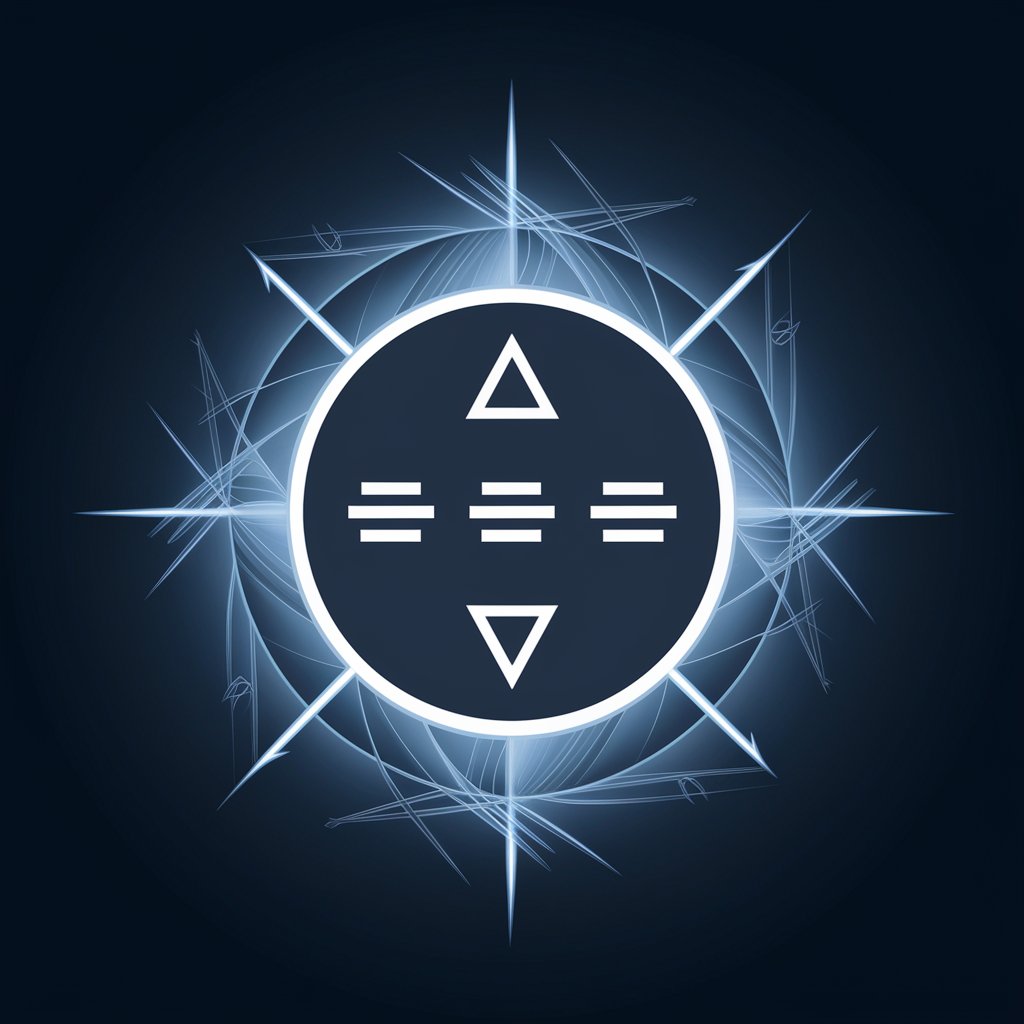
Welcome to a deep dive into electricity and magnetism.
Unlocking the mysteries of electromagnetism.
Explain the concept of electric fields in simple terms.
How do you derive Maxwell's equations from basic principles?
What is the physical significance of Gauss's law in electrostatics?
Can you provide a step-by-step solution for calculating the magnetic field of a solenoid?
Get Embed Code
Introduction to Electricity and Magnetism
Electricity and magnetism are two interrelated phenomena of electromagnetism, which is a fundamental force of nature. These forces manifest through the interaction of electric charges, both at rest and in motion. Electricity pertains to the accumulation or flow of electric charge, while magnetism arises from the motion of electric charges, leading to magnetic fields. The unification of these concepts is elegantly described by Maxwell's equations, which not only explain electromagnetic phenomena but also predict the existence of electromagnetic waves, such as light. Examples that illustrate these aspects include the simple observation of static electricity, where electric charges accumulate and exert force (e.g., rubbing a balloon on hair and sticking it to a wall), and the magnetic force observed when a magnet attracts iron filings. These phenomena are not just academic; they underpin many technologies, from the generation of electricity in power plants to the functioning of electronic devices and the operation of MRI machines in medicine. Powered by ChatGPT-4o。

Main Functions of Electricity and Magnetism
Generation of Electric Power
Example
Hydroelectric dams
Scenario
Water flow turns turbines, converting kinetic energy into electrical energy through electromagnetic induction.
Communication Technologies
Example
Radio transmissions
Scenario
Electromagnetic waves carry information over distances, enabling technologies like television, radio, and Wi-Fi.
Medical Imaging and Treatment
Example
Magnetic Resonance Imaging (MRI)
Scenario
Utilizes strong magnetic fields and radio waves to produce detailed images of the inside of the human body.
Electronic Devices
Example
Semiconductor devices in computers
Scenario
Relies on the flow of electrons through materials to perform computations, store information, and control electrical signals.
Transportation
Example
Electric and hybrid vehicles
Scenario
Use electric motors for propulsion, significantly reducing reliance on fossil fuels and lowering emissions.
Ideal Users of Electricity and Magnetism Services
Educators and Students
Benefit from understanding fundamental principles for academic and research purposes, fostering innovation.
Engineers and Technologists
Apply principles in designing and developing new devices and systems, from electronic circuits to power grids.
Healthcare Professionals
Use electromagnetic technology in diagnostics and treatment, improving patient care with tools like MRI and radiation therapy.
Environmental Scientists
Explore renewable energy sources and their impact on reducing carbon footprint, advancing sustainability.
Communications Professionals
Rely on electromagnetic waves for broadcasting and networking, enabling global connectivity and information exchange.

Using Electricity and Magnetism
Begin your exploration
Start by accessing yeschat.ai for a complimentary trial that doesn't require sign-in or a ChatGPT Plus subscription.
Understand the basics
Familiarize yourself with the fundamental concepts of electricity and magnetism by reviewing resources or textbooks like 'Introduction to Electrodynamics' by David J. Griffiths.
Apply theoretical knowledge
Use the knowledge gained to solve practical problems or conduct experiments. Utilize tools like simulation software to visualize electric and magnetic fields.
Engage with the community
Join forums or groups dedicated to physics to exchange ideas, solve problems, and stay updated on the latest in the field.
Continue learning
Advance your understanding by exploring deeper topics such as quantum electrodynamics or the application of electricity and magnetism in technology and engineering.
Try other advanced and practical GPTs
AP Physics C: Electricity and Magnetism
AI-Powered AP Physics C Mastery

Electricity
Powering Your Electrical Projects with AI
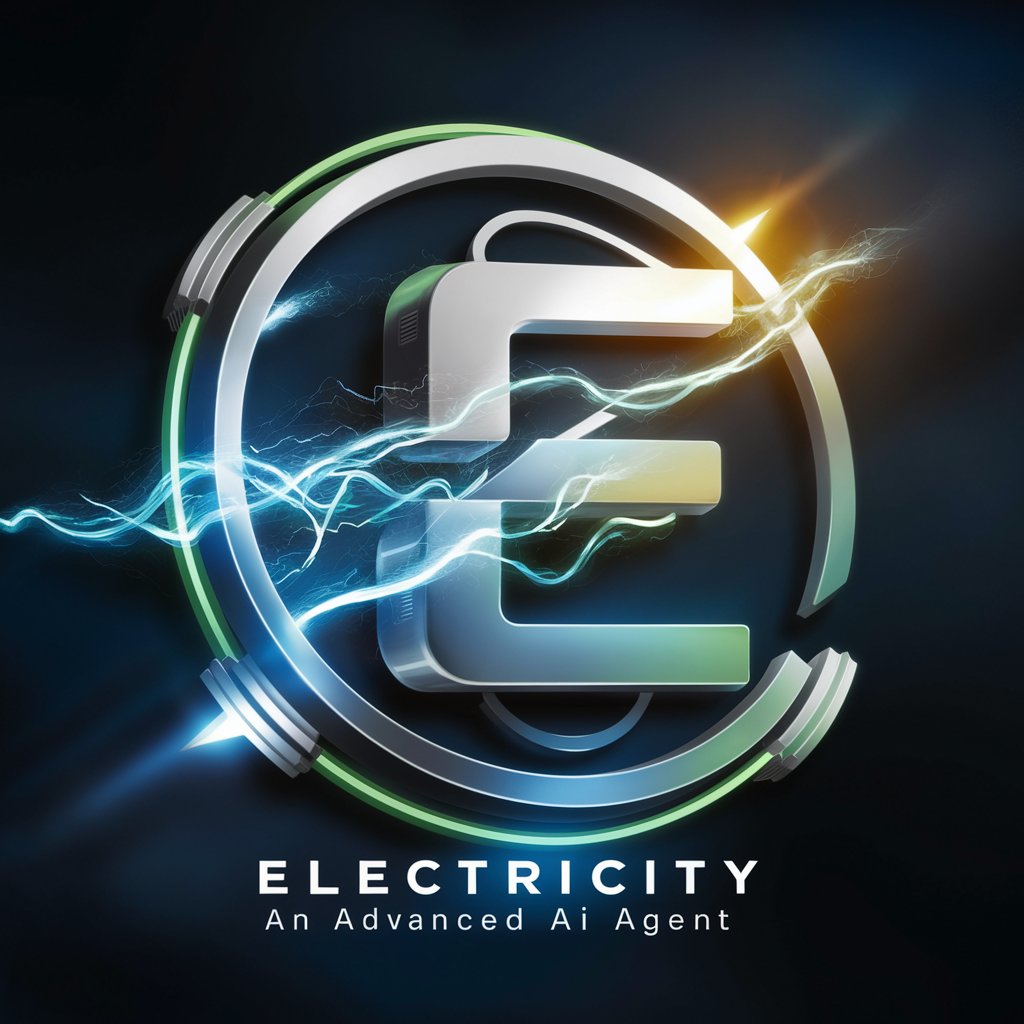
Electricity Saver Guide
Optimize Energy with AI
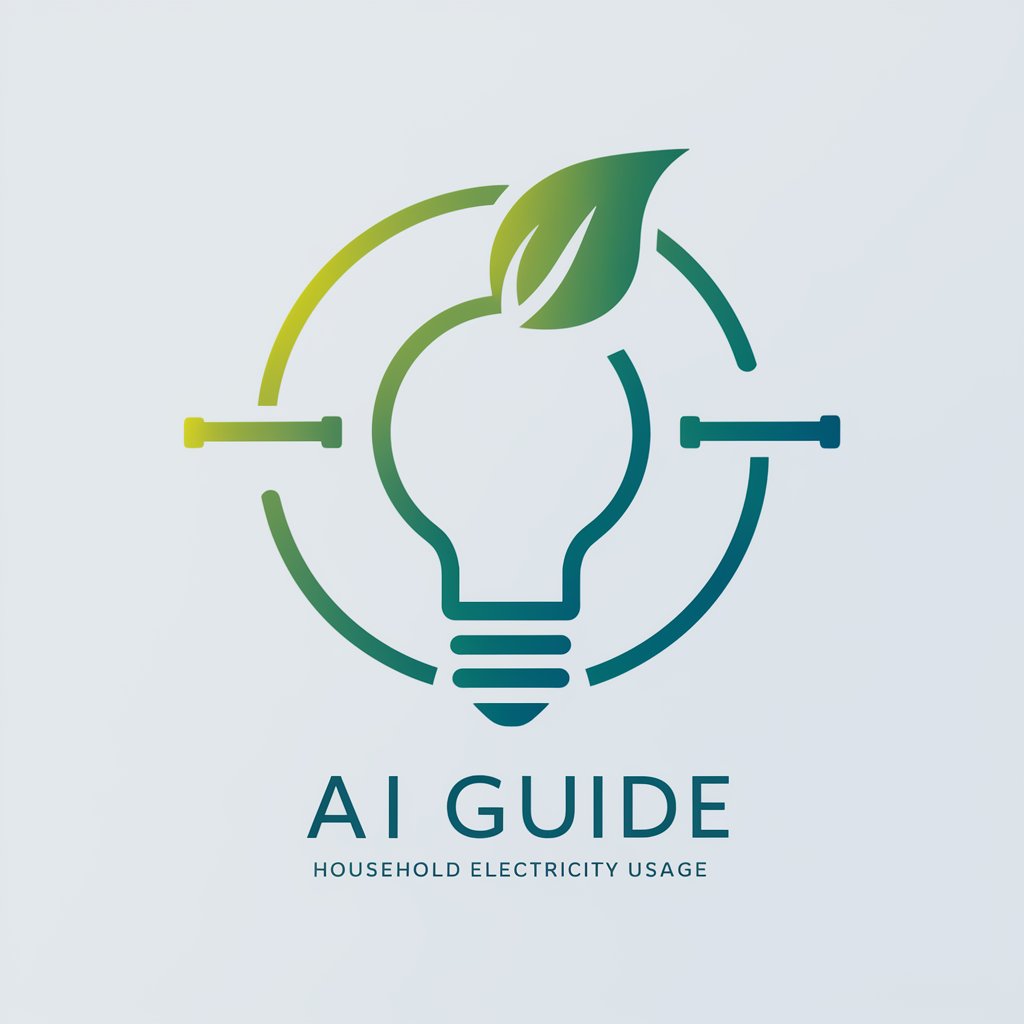
HeyBot | Electricity Bot
Illuminate Your Knowledge with AI-Powered Electricity Insights
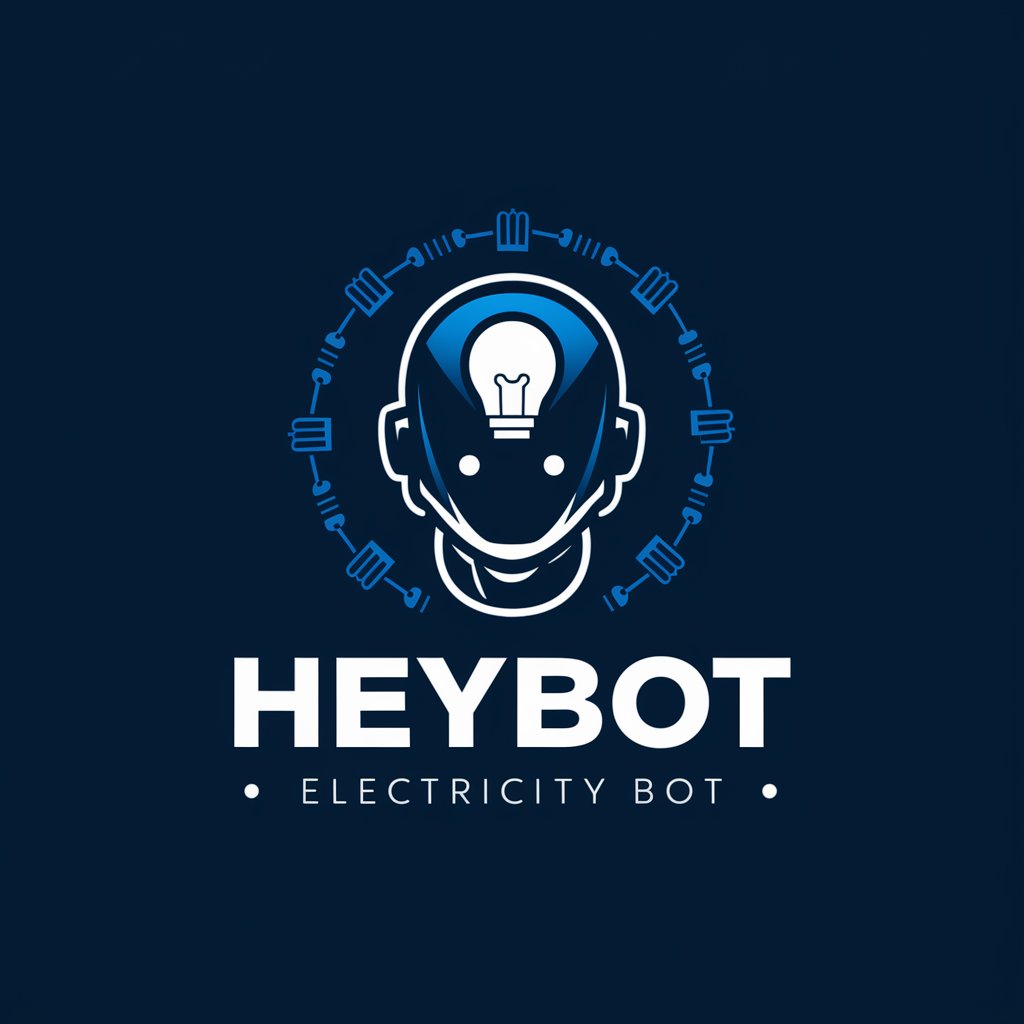
Electricity & Magnetism II Physics tutor
AI-powered electromagnetism and relativity tutor
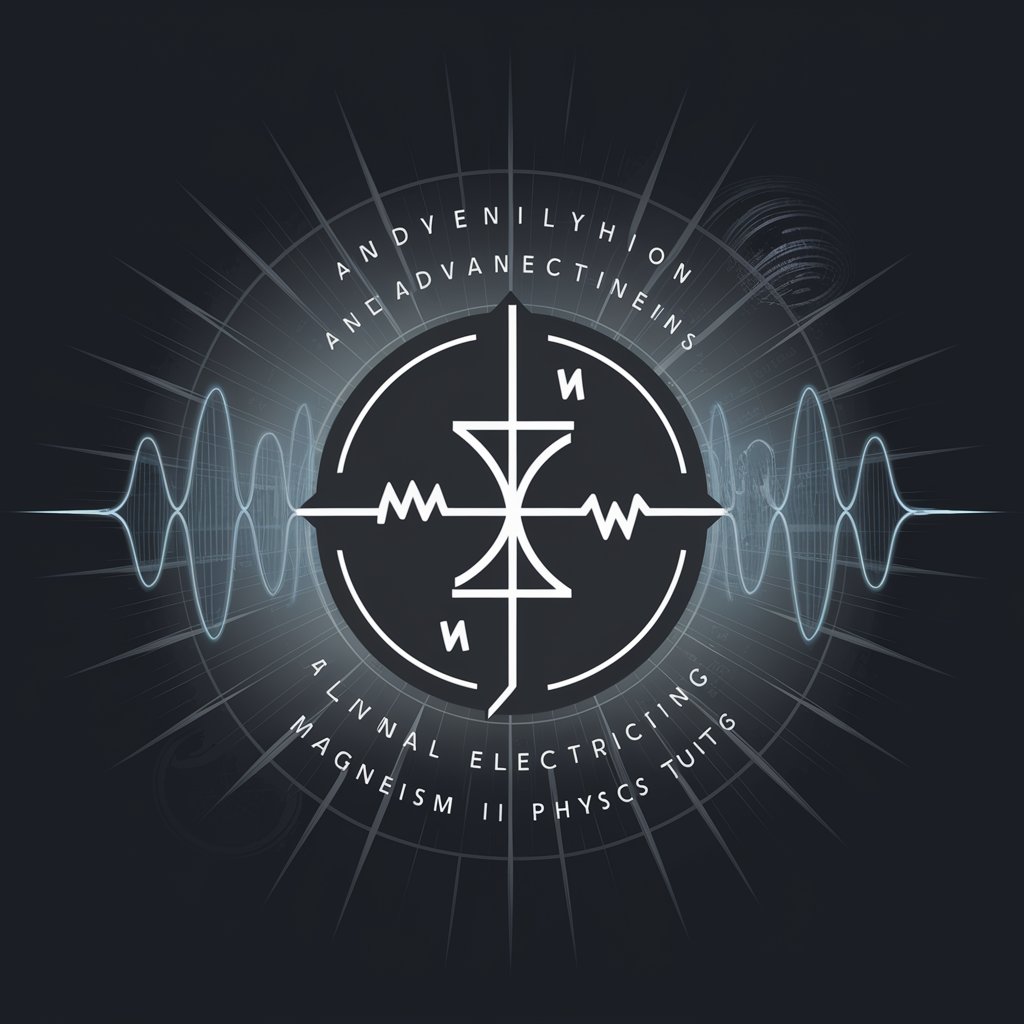
Ofgem Electricity Licences Advisor
AI-powered Ofgem Licensing Guide
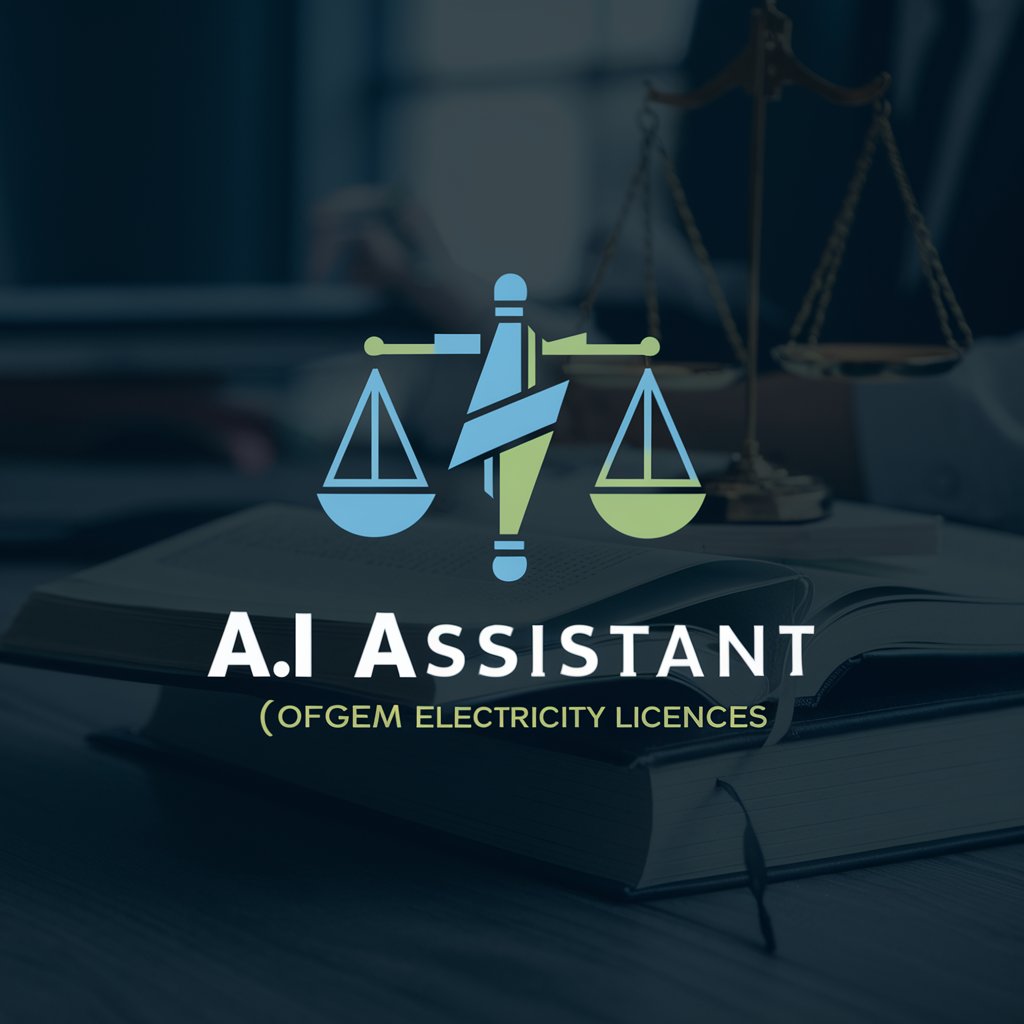
EU Electricity Price Comparator
Powering smarter energy choices with AI

Electricity and Magnetism I Physics Tutor
Powering your physics learning with AI.
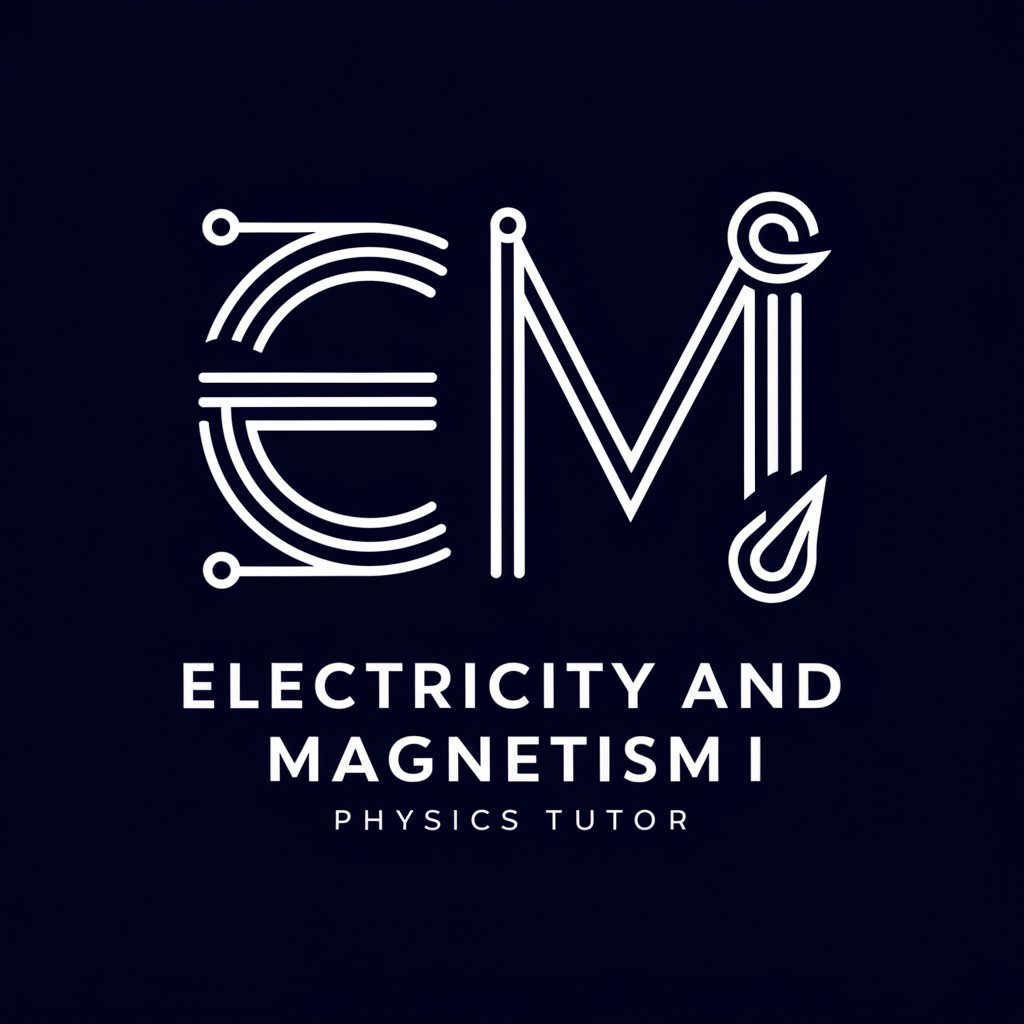
Finland Electricity Prices
Empower your energy decisions with AI
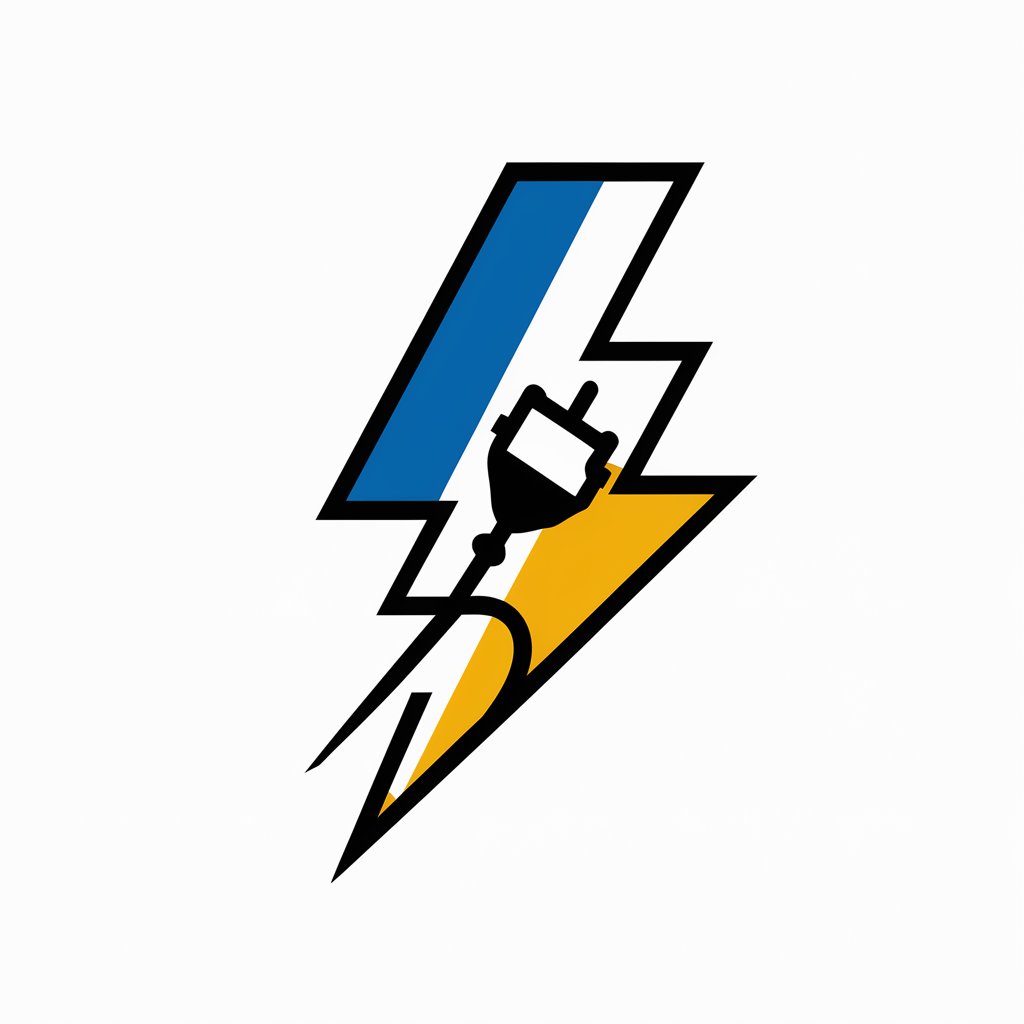
GridMaster I European electricity grid
Empowering the European Electricity Grid with AI
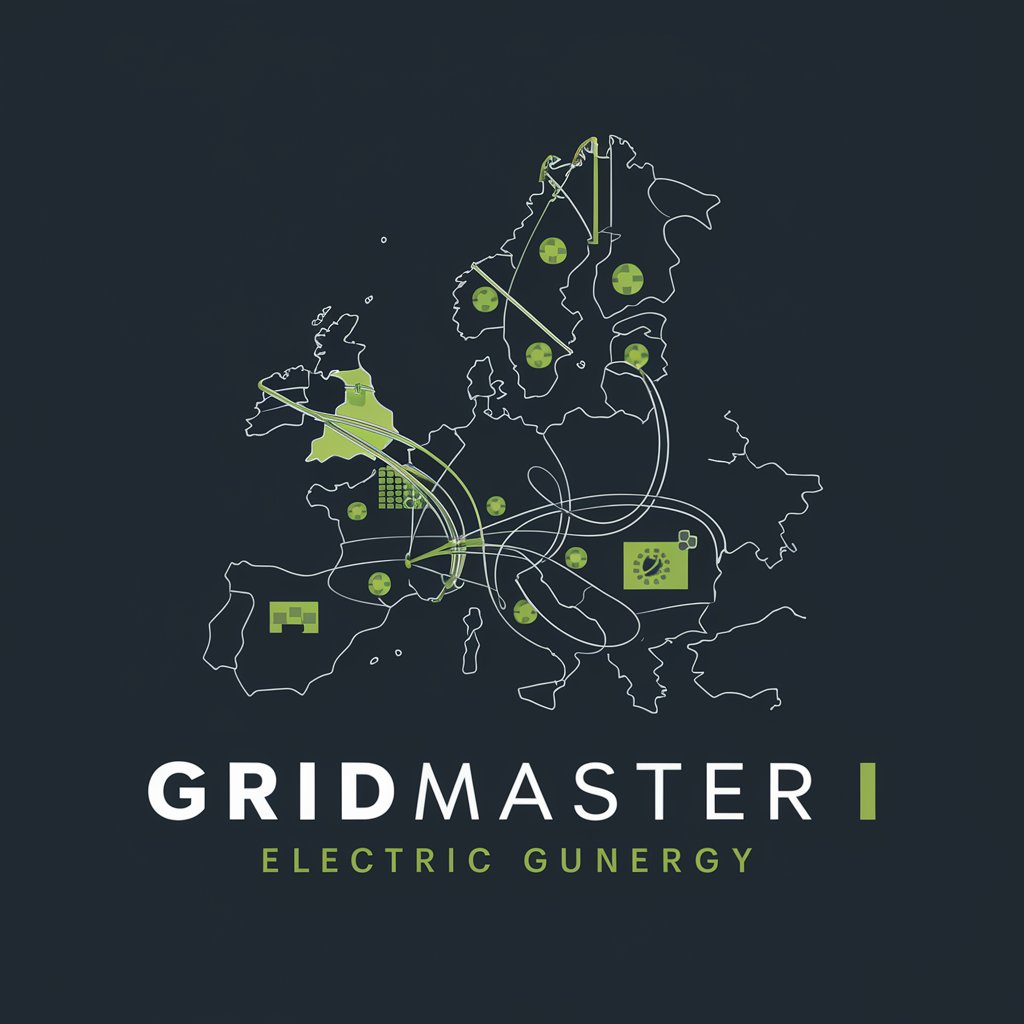
CHAVA
Empowering Safe Electrical Practices with AI

Electricity and Magnetism Physics Tutor
Demystifying Physics with AI-Powered Guidance
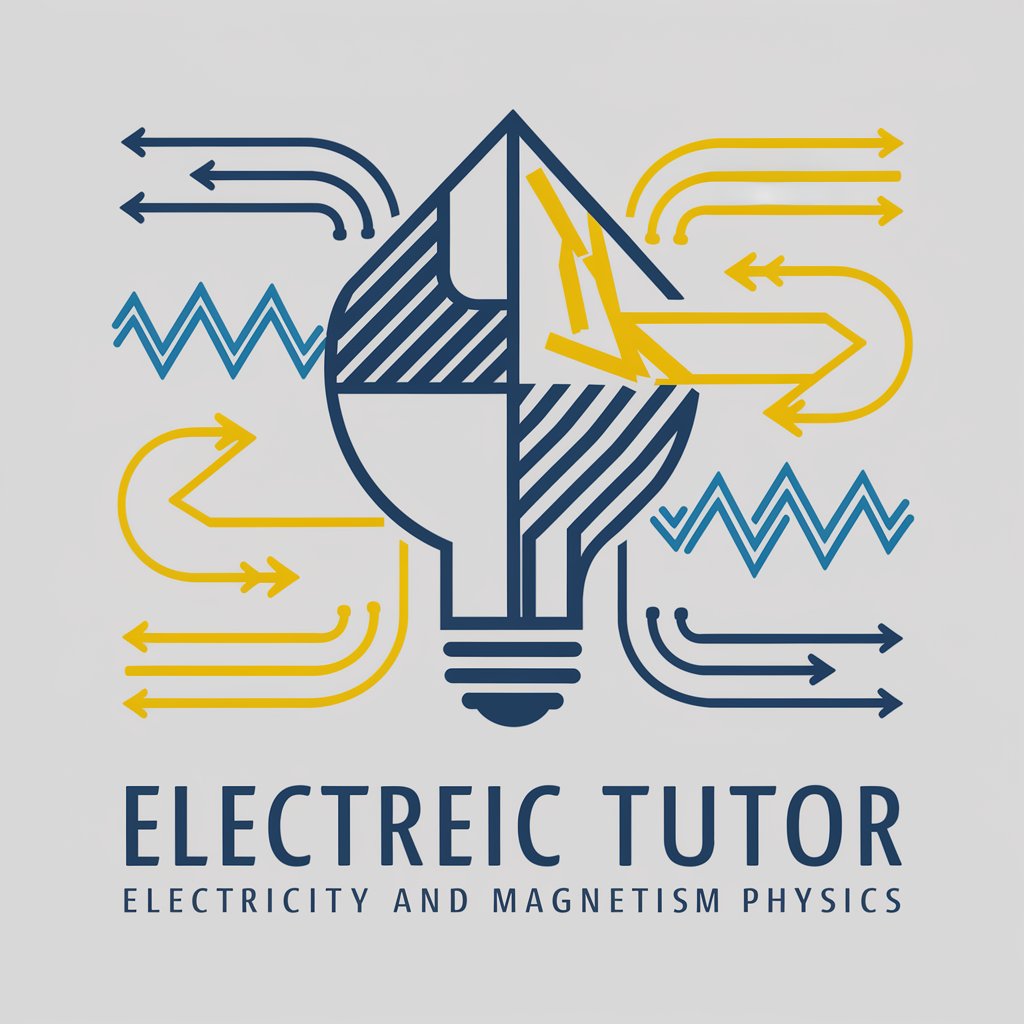
Q&A on Electricity and Magnetism
What is the relationship between electricity and magnetism?
Electricity and magnetism are two aspects of electromagnetism, one of the four fundamental forces. Moving electric charges create magnetic fields, and changing magnetic fields induce electric fields.
How do electric charges interact?
Electric charges interact through the electric force. Like charges repel each other, while opposite charges attract. This interaction is governed by Coulomb's law.
What is Gauss's Law?
Gauss's Law relates the electric flux through a closed surface to the charge enclosed by that surface. It's a fundamental law indicating how charge distribution affects the electric field.
How does Faraday's Law of Induction work?
Faraday's Law of Induction states that a changing magnetic field within a closed loop induces a voltage (electromotive force) across the loop. This is the principle behind electric generators and transformers.
What are Maxwell's Equations?
Maxwell's Equations are a set of four equations that form the foundation of classical electromagnetism, optics, and electric circuits. They describe how electric and magnetic fields are generated and altered by each other and by charges and currents.
